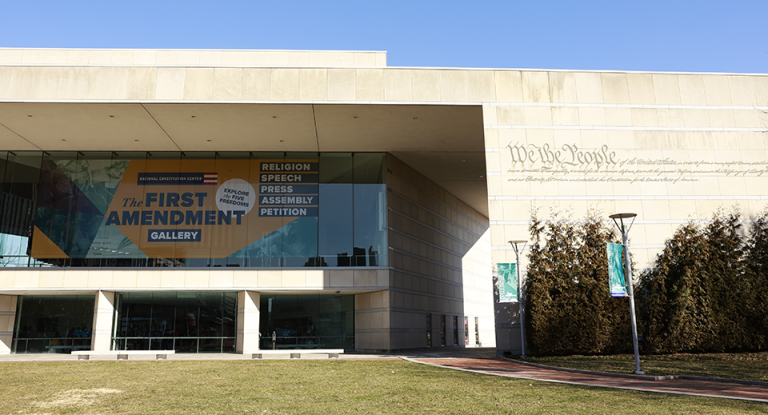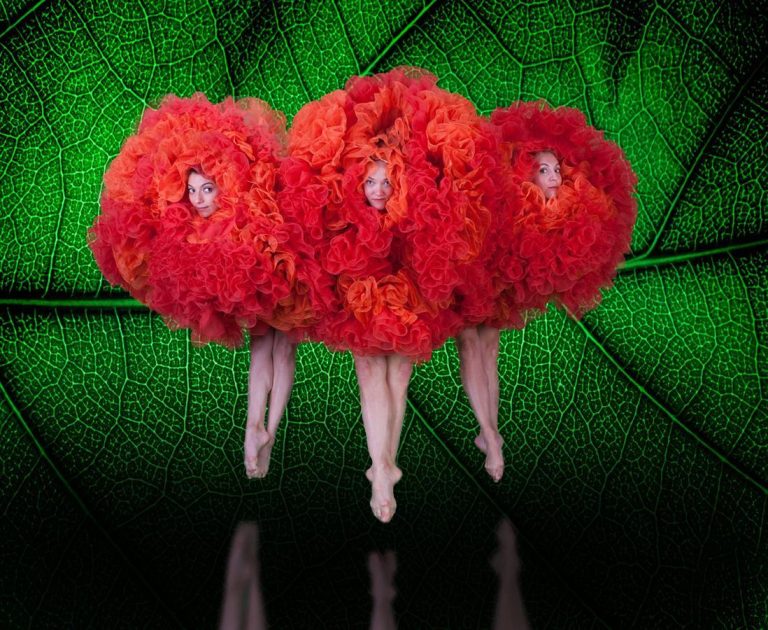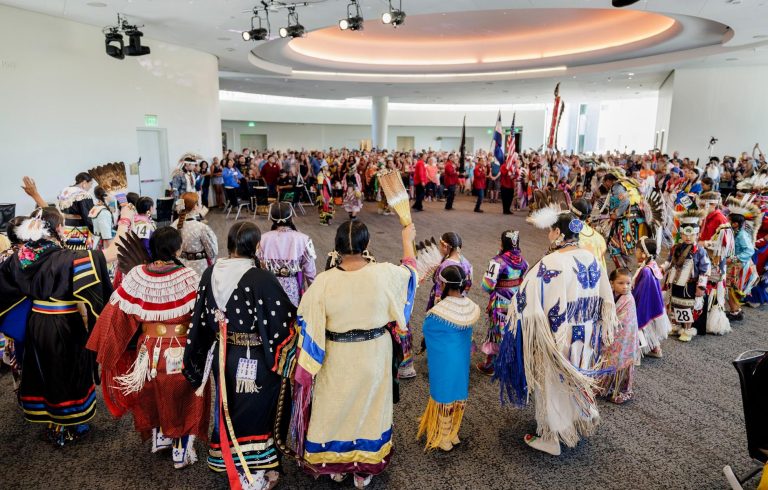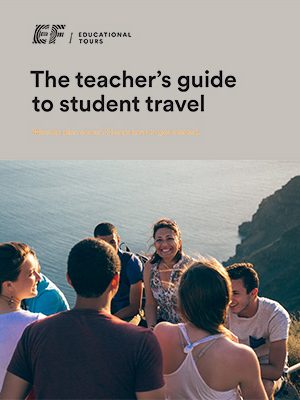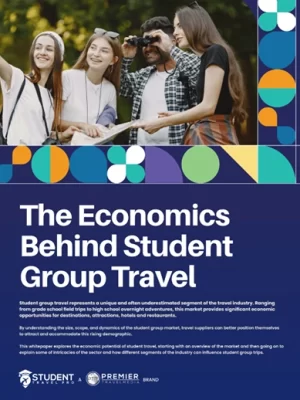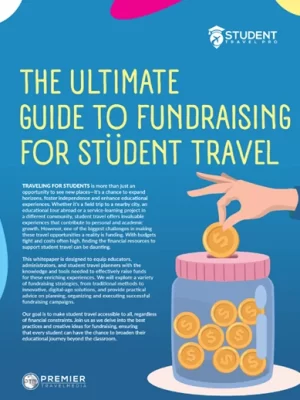The nation’s capital offers students a front-row seat to democracy in motion.
With iconic monuments, world-class museums, and the very institutions that shape U.S. policy, Washington, D.C., is more than a backdrop; it’s a dynamic classroom. Whether analyzing landmark court decisions, exploring the science behind Smithsonian exhibits, or tracing the footsteps of civil rights leaders, students in D.C. engage with the past, present and future of our nation. From the Capitol dome and the marble steps of the Supreme Court to hidden corners of the National Archives, every block of D.C. holds a lesson waiting to be uncovered.
Discover the best student-friendly destinations! Get your free copy of Student Travel Pro and start planning memorable, educational group trips today.
U.S. Capitol / Capitol Visitor Center

Engage in the student program, What is the US Capitol? at the US Capitol Visitor Center. Photo credit: US Capitol Visitor Center Facebook
Just outside Maryland, the U.S. Capitol Visitor Center in Washington, D.C., is a fun and engaging destination for students exploring American government up close. The center offers interactive programs that bring civics to life, allowing students to examine the Constitution, explore how laws are made, and understand the daily responsibilities of Congress. One of the highlights is the Democracy Lab, a hands-on gallery where students can roleplay as lawmakers by debating, voting and experiencing the challenges of democracy. Guided tours, immersive exhibits and access to historic chambers create a powerful, real-world connection to what students read in textbooks. Whether they’re standing beneath the Rotunda or participating in a mock vote, learners come away with a deeper understanding of how the U.S. government works.
Smithsonian National Zoo
At the Smithsonian National Zoo, students dive into the living tapestry of wildlife and conservation science. Programs are designed to go beyond merely observing animals; they encourage learners to examine species adaptation, habitat dynamics and the impact of humans on ecosystems. Through guided walks, behind-the-scenes peeks and hands-on activities, groups can study animal behavior, track biodiversity trends and engage in conversation about endangered species and ecological substances. A National Zoo field trip experience brings textbook ecology lessons into sharp focus. Students will leave not just with photos, but with a deeper understanding of our role in protecting the planet.

Glimpse exotic animals and walk over the elephant enclosure at the National Zoo. Photo credit: National Zoo and Conservation Biology Institute Facebook
National Museum of African American History and Culture

Vibrant exhibits captivate learners at NMAAHC. Photo credit: Smithsonian’s National Museum of African American History and Culture Facebook
At the National Museum of African American History and Culture (NMAAHC), students interact with American history through the lens of African American experiences. Using gallery resources and digital tools to question and create narratives of the past, the museum offers programs that foster critical thinking, perspective-taking and an understanding of state history and culture. Students can work through in-gallery journals to examine artifacts in the Community and Culture galleries. They can leverage Smithsonian “Learning Labs” for interactive digital exploration. Through multimedia resources, arts integrations, and STEM content, the museum helps learners make connections across any medium, while inspiring them to see themselves as part of a story of change.
Rock Creek Park Nature Center and Planetarium
At Rock Creek Park Nature Center and Planetarium, students step into a dynamic outdoor classroom where nature, history and science converge. Guided by park rangers, visitors can explore forest trails using all five senses, investigate aquatic ecosystems, observe adaptations across habitats, and connect human history with the land. Students can uncover landmarks and history, such as the historic Peirce Mill, or take interpretive hikes tracing the lives of African Americans after emancipation. Through hands-on activities, observations and inquiry, classroom lesson plans of ecology, geology and culture are transformed into lively experiences. Students depart not only with snapshots, but with a stronger scientific mindset, a richer understanding of place and a renewed sense of knowledge over the natural and cultural world.

Students have hands-on opportunities at Rock Creek, where science stimulates young minds. Photo credit: Rock Creek Park Facebook
Stay updated on the best student travel experiences! Subscribe to the Student Travel Pro newsletter and receive expert insights, top destinations, and planning strategies straight to your inbox.
Header image: U.S. Capitol tours offer students an opportunity to ask questions and gain real insight into historical events from knowledgeable guides. Photo credit: U.S. Capitol Visitor Center Facebook



